I am fairly certain that just about everyone reading this post has seen the Lady of Shalott at some point. On a calendar, poster, gift bag… it has been reproduced millions of times and is one of the key pieces of English art from the 19th Century. It is often held up as the painting for the Pre-Raphaelite Brotherhood (though Watherhouse was not part of the PRB and the painting does not hold to their ideals). I wrote about the PRB and Waterhouse before, here is that post if you are interested.
I think it is the centerpiece, or at least vies for that honor with John Everett Millais Ophelia.
I was at the Tate earlier this year and I was able to get some very hi-res images that I think you are going to love. I was also able to put together a good capture of the entire image!
Such a beautiful face. At the end of the article I have posted a link to a .zip file if you want to download them all at their original size to see all the detail. You can really get a good idea for how Waterhouse worked in layers and put down paint.
Another beautiful portion of the canvas. You can see the rust on the chain, the build up of paint and even little flecks of blue color, dabbed in to add variation and interest (look in the upper right). I love seeing all the little color shifts in the white of her dress.
Look at this beautiful little bird, from the lower left side of the painting. You can see just a hint of a blade of grass or reed in it’s mouth, headed to add to its nest. Even in this little bird, there is richness of color and brushwork. Look at the wing on the left. Look how vibrant and saturated the shadow is, while the wing feathers in the light are cooler and more grey. The wing on the right gets more colorful in the light. I have seen this effect in feathers when they are at an oblique angle to your eye. They begin to grey, almost like velvet does. It just shows how much attention Waterhouse paid to the observation of nature and how he imbued it into his paintings.
I think it is also neat to see just how many colors and brushstrokes make up one reed. Look at the one on the left, behind the bird. You can see cool and warm greens, yellow, orange and pink. All in a small little portion of the reed.
More beautiful, rich textures and colors with such interesting brush work.
Here is a shot that shows how Waterhouse changed his mind in places. I have boosted the darks just a bit to bring them out more. You can see some lily pads and reeds that were originally there in the lower-right middle portion of the painting. It’s interesting to imagine what the painting might have looked like with them in.
Finally, here is the composite of the entire painting on Google Drive (same image as below, but larger): Hi-res Lady of Shalott
Here is the text from the Tate website for the painting:
The picture illustrates the following lines from part IV of Tennyson’s ‘The Lady of Shalott’:
And down the river’s dim expanse
Like some bold seer in a trance,
Seeing all his own mischance –
With glassy countenance
Did she look to Camelot.
And at the closing of the day
She loosed the chain, and down she lay;
The broad stream bore her far away,
The Lady of Shalott.
Tennyson’s poem, first published in 1832, tells of a woman who suffers under an undisclosed curse. She lives isolated in a tower on an island called Shalott, on a river which flows down from King Arthur’s castle at Camelot. Not daring to look upon reality, she is allowed to see the outside world only through its reflection in a mirror. One day she glimpses the reflected image of the handsome knight Lancelot, and cannot resist looking at him directly. The mirror cracks from side to side, and she feels the curse come upon her. The punishment that follows results in her drifting in her boat downstream to Camelot ‘singing her last song’, but dying before she reaches there. Waterhouse shows her letting go the boat’s chain, while staring at a crucifix placed in front of three guttering candles. Tennyson was a popular subject for artists of this period, particularly the Pre-Raphaelites. Waterhouse’s biographer Anthony Hobson relates that the artist owned a copy of Tennyson’s collected works, and covered every blank page with pencil sketches for paintings.
The landscape setting is highly naturalistic; the painting was made during Waterhouse’s brief period of plein-air painting. The setting is not identified, although the Waterhouses frequently visited Somerset and Devon. The model is traditionally said to be the artist’s wife. Waterhouse’s sketchbook contains numerous pencil studies for this and the painting of the same title made six years later (1894, Leeds City Art Gallery). This second work shows the Lady at the moment she looks out of the window and the curse is fulfilled. Waterhouse also made sketches of the final scenes in which the boat bearing the Lady floats into Camelot.
The Lady of Shalott is one of the original paintings from the gift of Sir Henry Tate.
I love this painting. I hope you enjoyed seeing the hi-res details and I think, after searching the internet, that I have captured a pretty good image of the entire piece. So many out there are over saturated or have too much contrast.
Thanks for giving my post a read! Here is the .zip file with all the images at their full size.
Howard


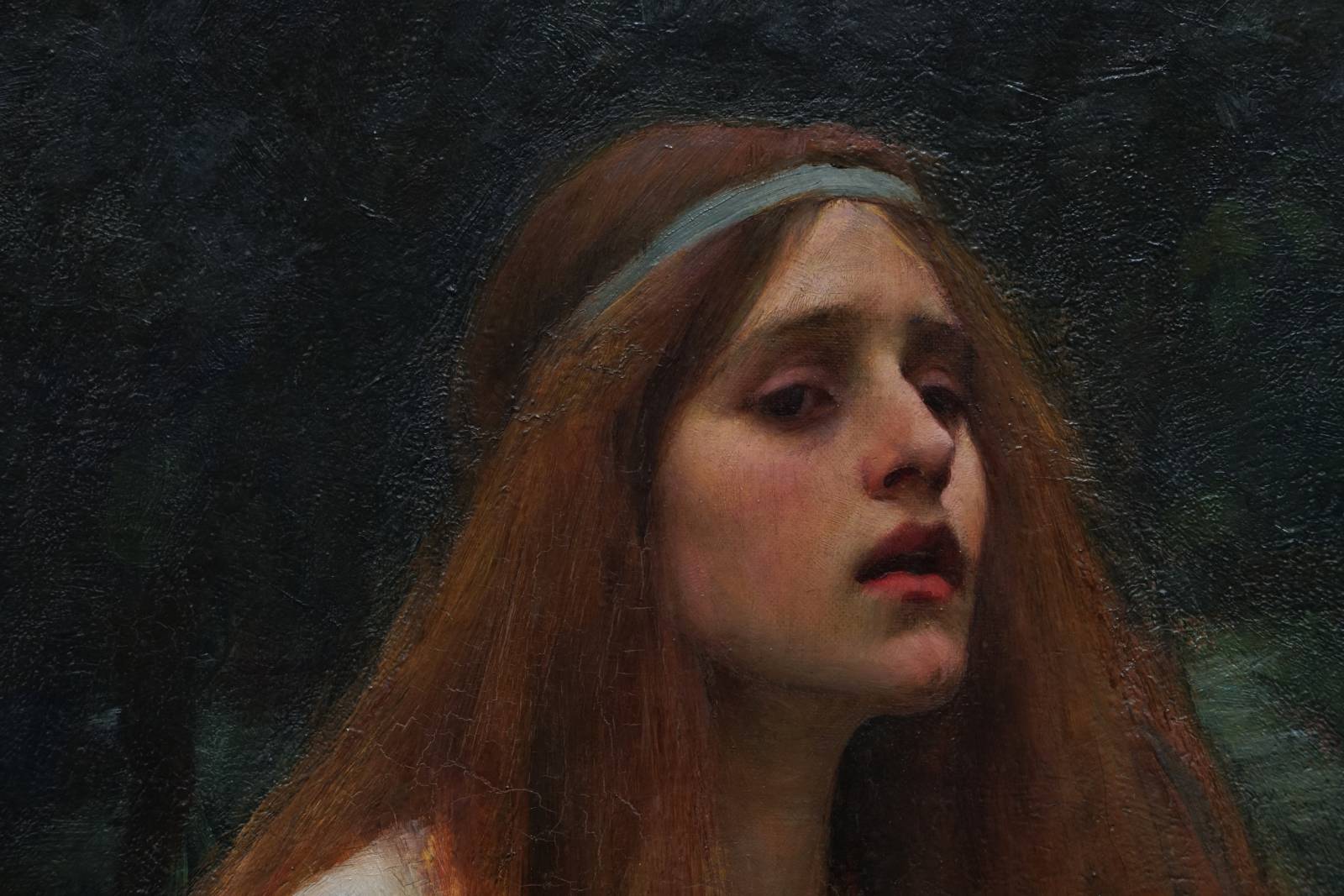
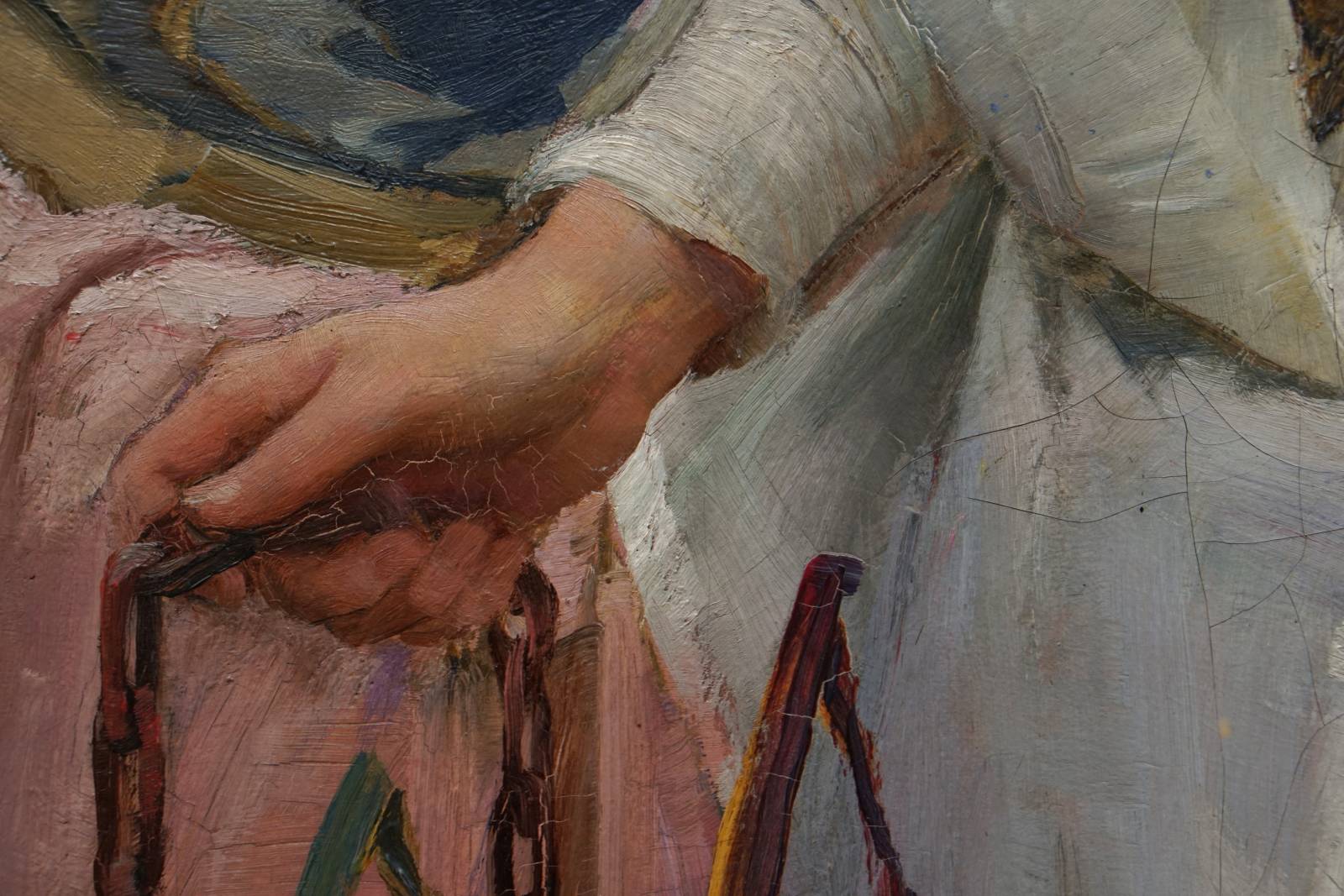

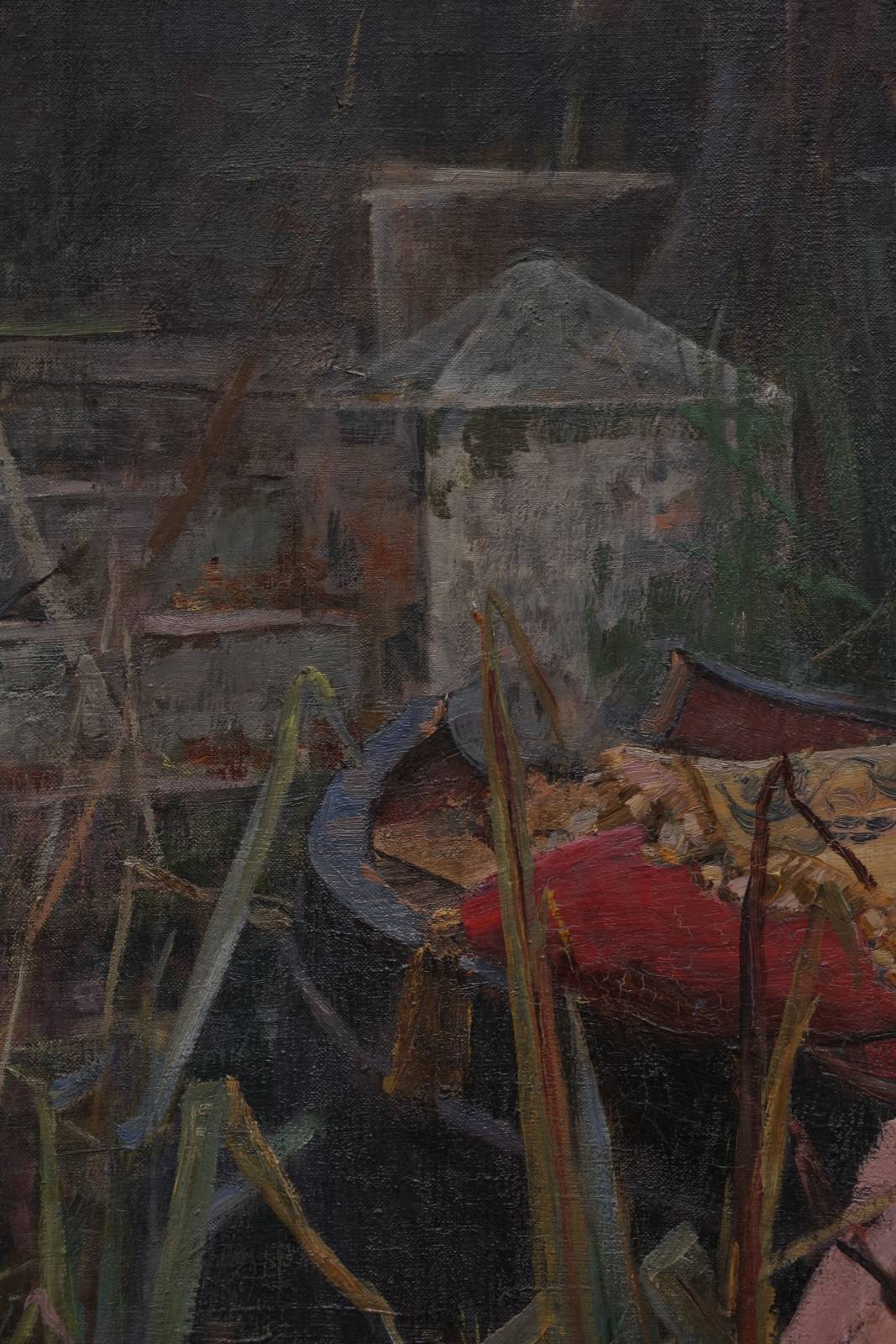
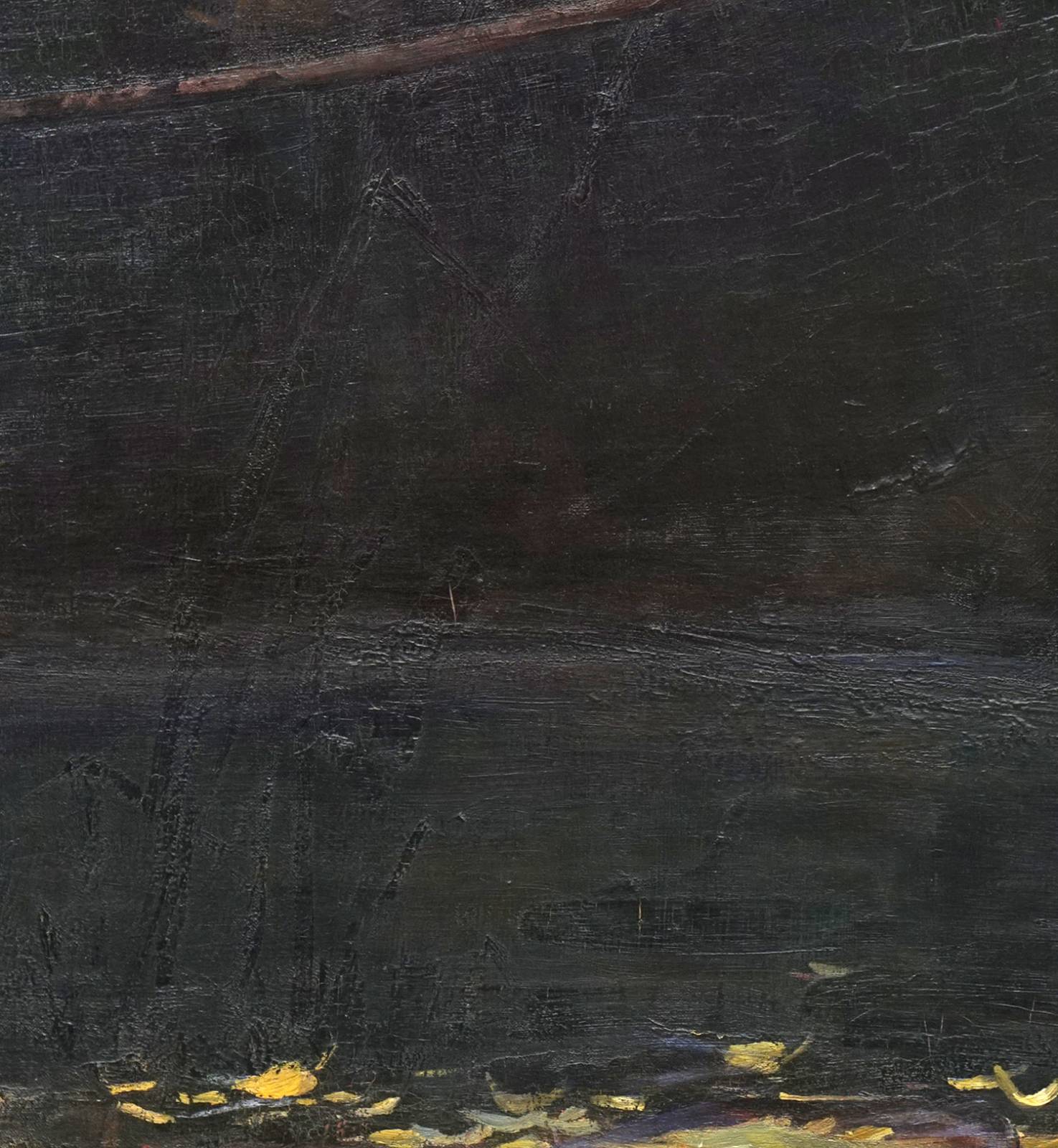
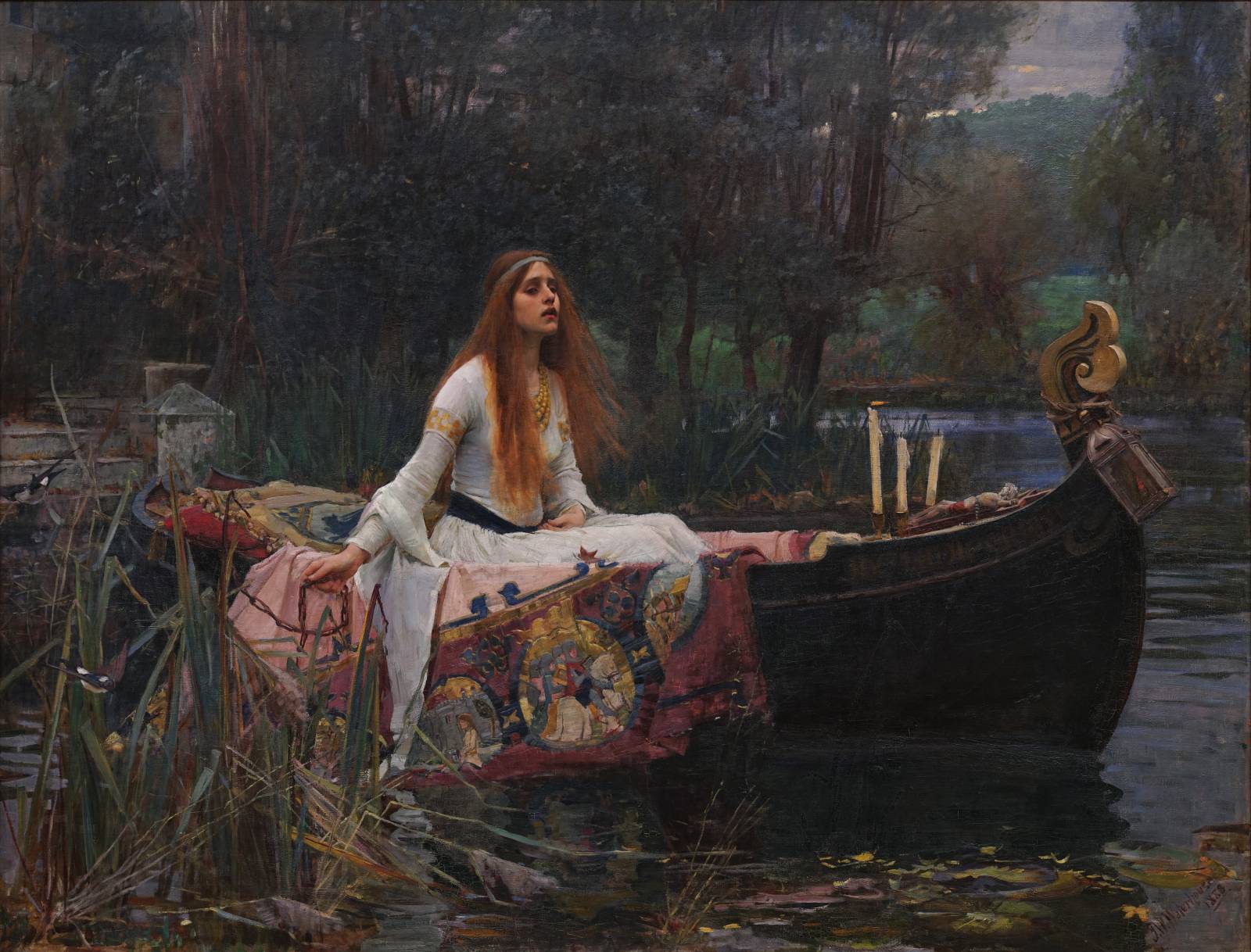
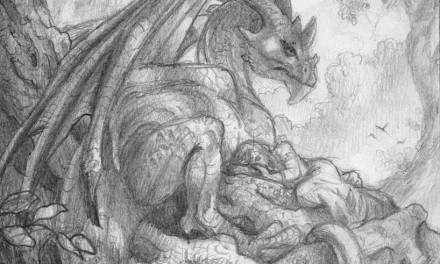
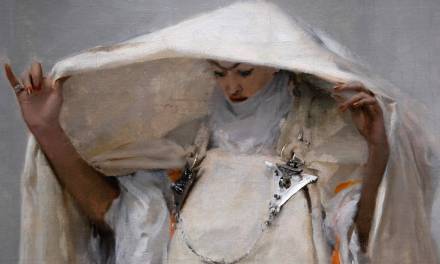
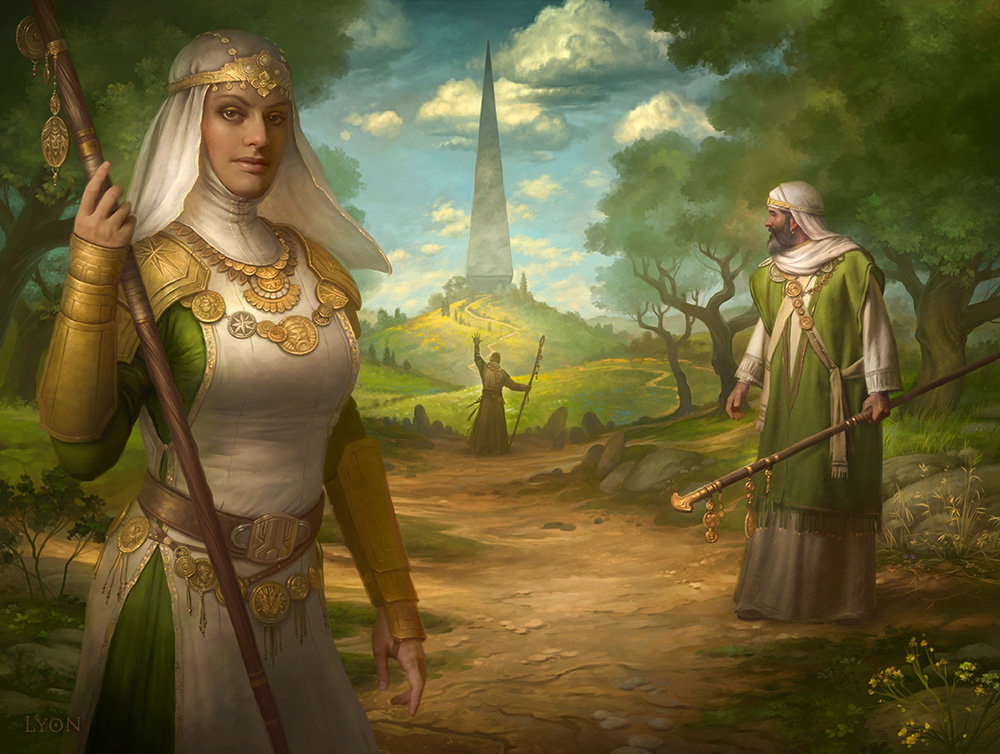
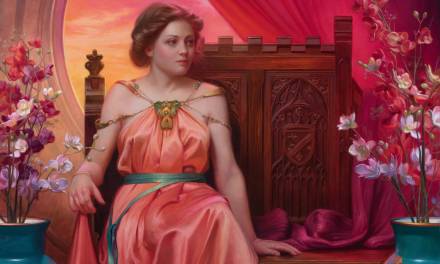

Thanks for sharing this Howard. It is truly a masterpiece, and an inspirerers one to study even harder.
Glad you enjoyed it! Thanks for giving the post a read and for the reply, Rasmus.
Such a magnificent painting, he paint the atmosphere is really unbelieveable.
Yeah, I never get tired of looking at this one!
Thanks Howard! I always learn so much from your detailed posts of the masters. This one is particularly fabulous.
I think the thing that really strikes me is how his technique appears almost opposite of what is typically encouraged. The face and skin tones, the area of the highest focus, is painted incredibly thinly while the dark background and foliage has visibly textured paint. I suppose this was in an attempt to capture a certain delicateness in the skin texture, but it is surprising nonetheless. Thanks for this!
This painting is one of my top ten favorites of all time. Fascinating article. I loved the hi-def pictures and discussion.
Thanks for this. Many years ago I went to London, and having recently become aware of J.W.Turner via Sir Kenneth Clark’s then-recent series on romantic painters, made it a point to go to the Tate gallery. There I happened on the original of this Lady of Shalott, and it almost took my breath away. I had never heard of the painting, or for that matter, Waterhouse, but it immediately became one of my very favorite paintings, and remains so to this day. I was thrilled to be able to make my way to Montreal a few years back to see it again, along with a great many other Waterhouse paintings. Thank you for this post.
These are really useful images, Howard – thanks very much.
Finally I figured out why I couldn’t find these paintings when I went to Tate: there is more than one Tate museum in London ?
At least now I know what I am doing in October!
Thanks Howard, great to see the hi res images and commentary.
Thank you for another gem, Howard.
Thank you for the images and commentary
As well as that’s really scratches the surface when you multiply that by the actual number of other gambling locations the actual planet rest of the united states.
Thank you for sharing this, Howard. It is truly a masterpiece and inspires one to study even harder.